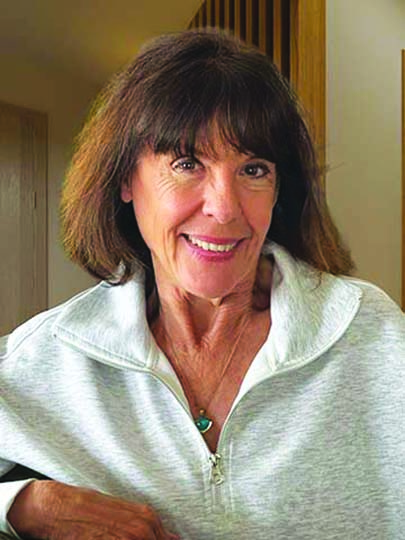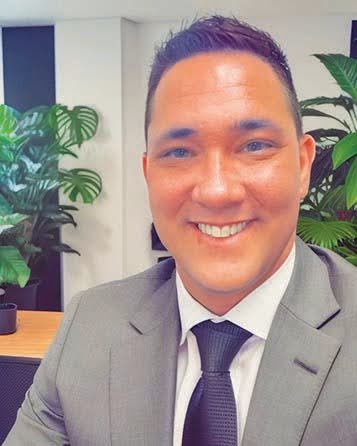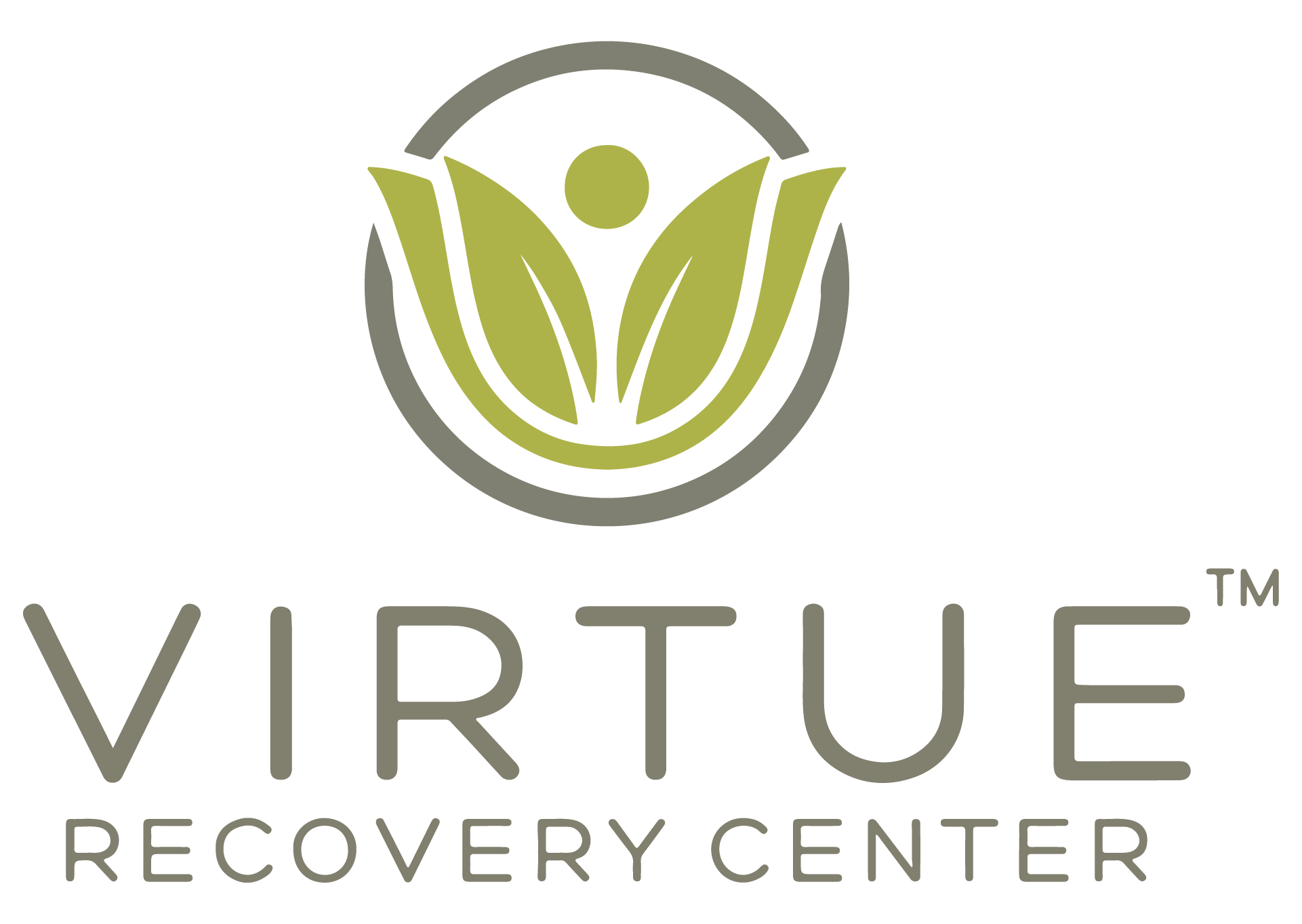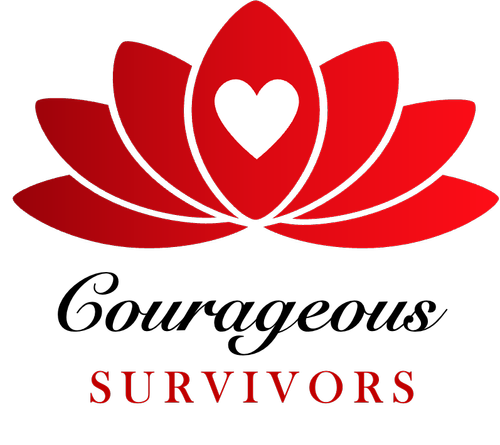By Jerome Lerner, M.D.
I understand it’s a bold idea to declare the end of chronic pain. I have worked in the field of pain management for 30 years, most recently as the Director of Complex Pain at Sierra Tucson. I have literally helped thousands of people suffering from seemingly endless pain to find relief. And yet, I dare to declare the end of chronic pain. Why? How?
Chronic pain is not a person, place, or thing. It is a concept — an idea or belief that some people are and will be stuck in suffering and misery forever. I simply do not have faith in this philosophy anymore.
What Is Chronic Pain?
The Merriam-Webster Dictionary defines the word chronic as “marked by long duration, by frequent recurrence over a long time, and often by progressing seriousness.”
According to the American Academy of Pain Medicine, pain is described as “an unpleasant sensation and emotional response to that sensation.”
Putting these two words together – chronic pain – inadvertently creates a phrase of implied hopelessness and powerlessness that, in my opinion, is unwarranted. It tells us nothing about why pain and suffering persist. It provides no insight or strategy into resolving or healing the situation.
Seeing Is Believing
As Sierra Tucson’s Director of Complex Pain, I guide my department with knowledge that is based on three decades of observation, experience, and an in-depth study of science and medicine: We have directly observed the vast majority of painful conditions resolve or recede to the background — within the 90-percent range.
- We feel it is the birthright and natural condition of every person to expect that painful injuries and medical conditions can, will, and do get better with time and correct care.
- We understand when painful conditions fail to resolve or recede to the background, there must be some complicating factor or factors that are interfering with the natural process of healing.
- We trust — and have frequently observed when these complicating factors are identified and addressed, the pain does indeed resolve or recede to the background.
- We are committed to discovering what these complicating factors are and how to address them effectively. Often, we witness improvements in our patients whom others believed could not get better.
And that is why I believe and declare the end of chronic pain.
Chronic v. Complex
I propose is we replace the old language and conceptual model with a new one: “complex pain.”
When a painful condition gets better as expected, it is referred to as “simple pain.” When it does not, complicating factors are involved; and, is then identified as “complex pain.”
At Sierra Tucson, our patients experiencing complex pain may require additional medical and, rarely, surgical care to support healing. Yet in any case, simple or complex, I propose pain as an experience can and does resolve or recede with time and good care when there are no complicated issues getting in the way.
The good news:
Almost anyone can understand the reasons that interfere with healing, and there are effective strategies to address them all.
The tougher news:
It takes a strong determination and perseverance to apply the strategies consistently over time to get the desired results. Because of the challenges along the way, patients often benefit from coaching or guidance to untangle the complicating factors and achieve their goals. When challenges are more severe or deeply imbedded, coordinated expert treatment directed at the complex issues is required.
The Four Factors
My studies and explorations have led me to identify four major complicating factors that interfere with the natural healing of painful conditions. All four factors must be addressed in a coordinated fashion to unlock a complex pain scenario.
- Biomechanical Stressors – Alignment, stability, flexibility, and endurance challenges needed for the body to function
- Hypersensitization – Primarily deals with the over-activity of the sympathetic nervous system and the changes to brain activity that occur over time with unresolved pain
- Metabolic Inflammation – Chemical changes in the blood, which lead to increased tenderness to touch and movement
- Inertia – The negative thoughts, beliefs, and judgments that keep people ‘stuck’
The Sierra Tucson Approach
Sierra Tucson’s Complex Pain Program offers treatments and experiences that help individuals discover where and how they have become trapped in their pain. Patients learn a variety of ways to change the negative patterns that hold the pain, both physically and psychologically. The Program places a strong emphasis on physical restoration, utilizing the benefits of physical therapy and personal training in individual and group activities.
Massage, acupuncture, chiropractic, and other therapeutic bodywork are available to help relieve pain.
The Complex Pain group at Sierra Tucson meets five days per week to discuss and explore pain-related issues. Pain education is strongly encouraged. Unresolved trauma – common in this population — is addressed with integrative therapies such as EMDR and Somatic Experiencing.
Medication and natural/herbal solutions are examined extensively among the patient’s multidisciplinary team of professionals, with an effort to minimize or eliminate addictive substances.
Each patient receives individualized, round-the-clock care.
Our exceptional clinical team is committed to learning new strategies and applying evidence-based techniques to help resolve complex pain, and improve the quality of life for those who are suffering.
Join Us
Dr. Lerner is offering a series of workshops to train other professionals in the application of complex pain education and coaching strategies. Sierra Tucson is proud to cosponsor these workshops. For more information, please contact Dr. Lerner at Sierra Tucson,SierraTucson.com.

































